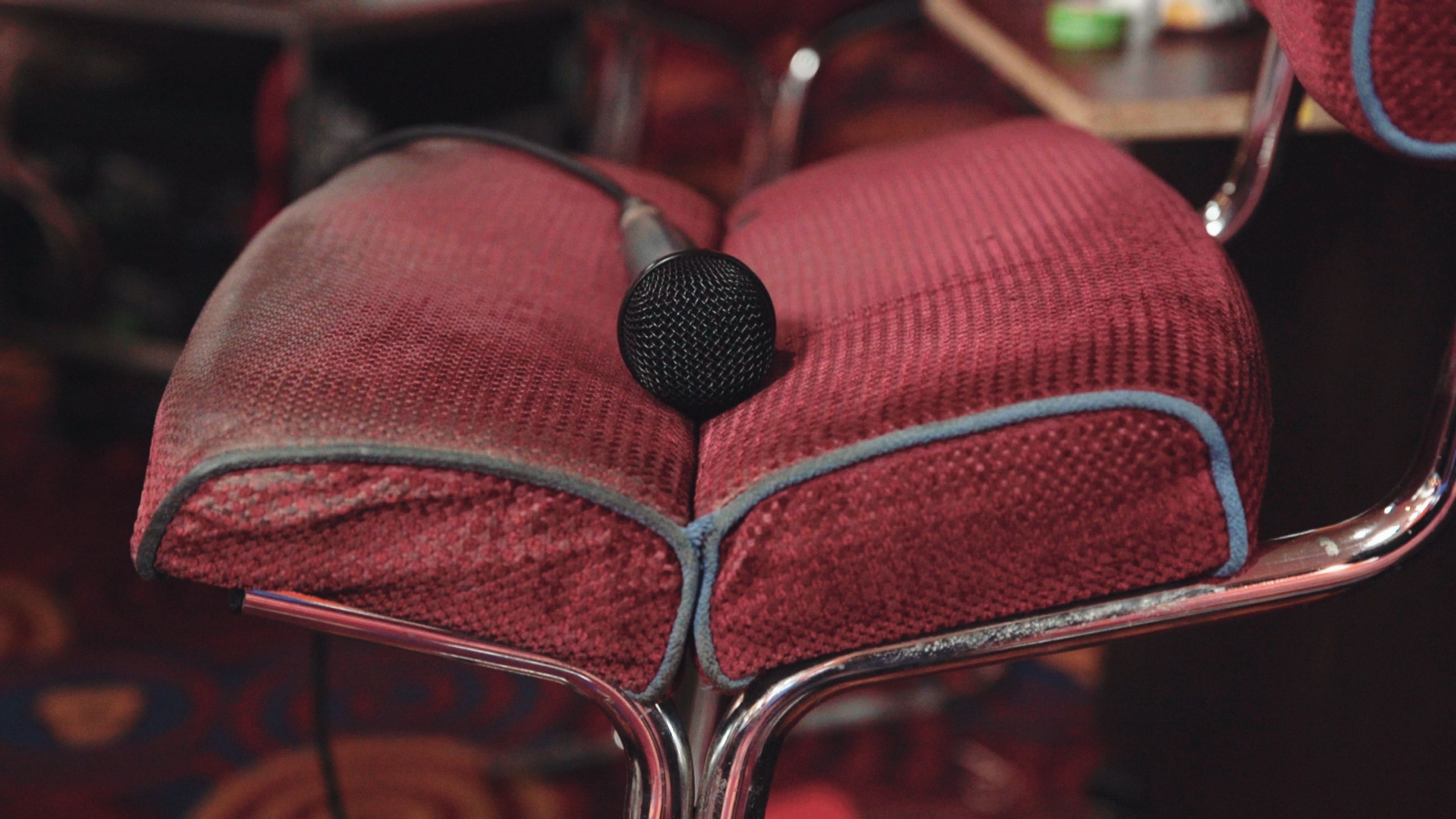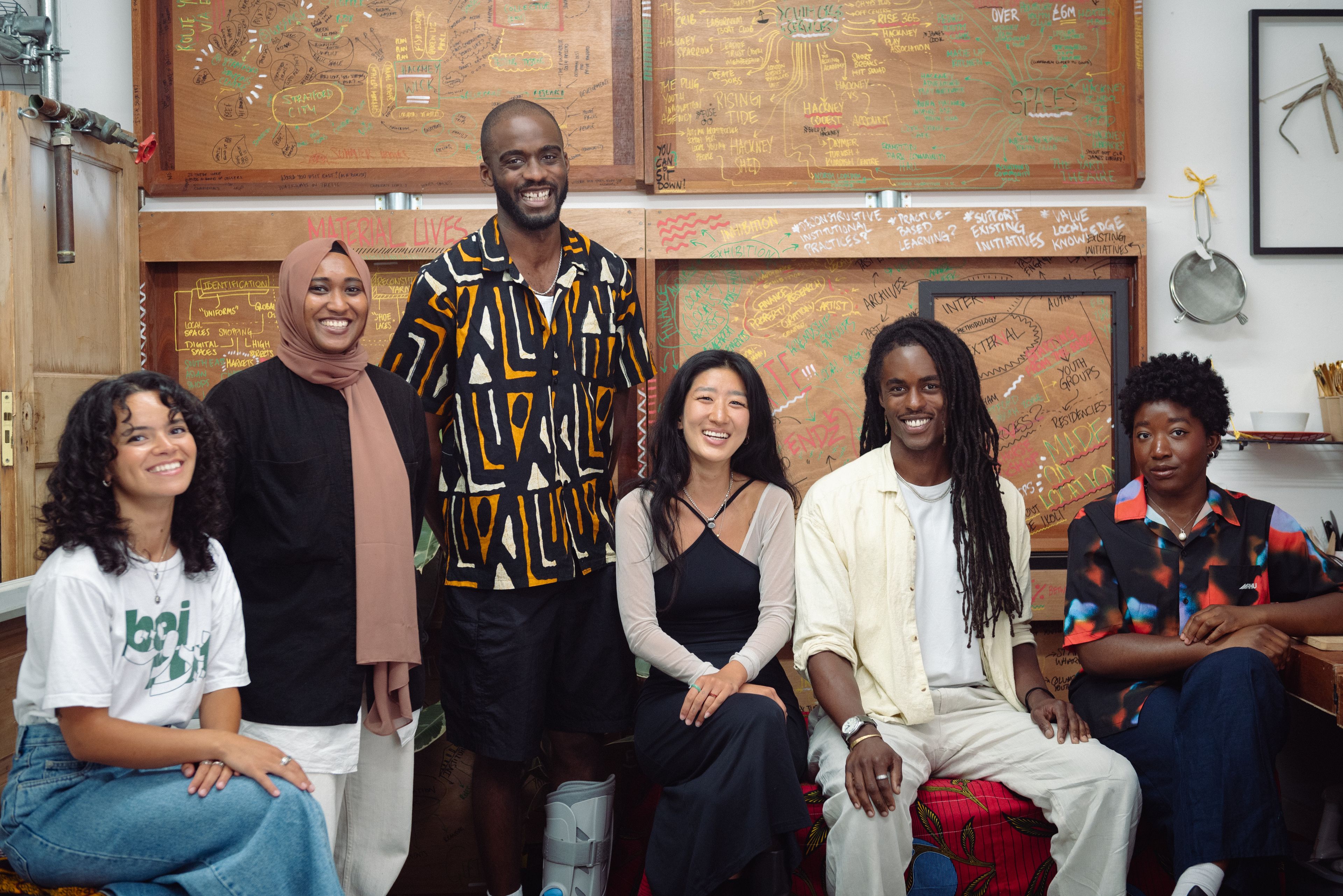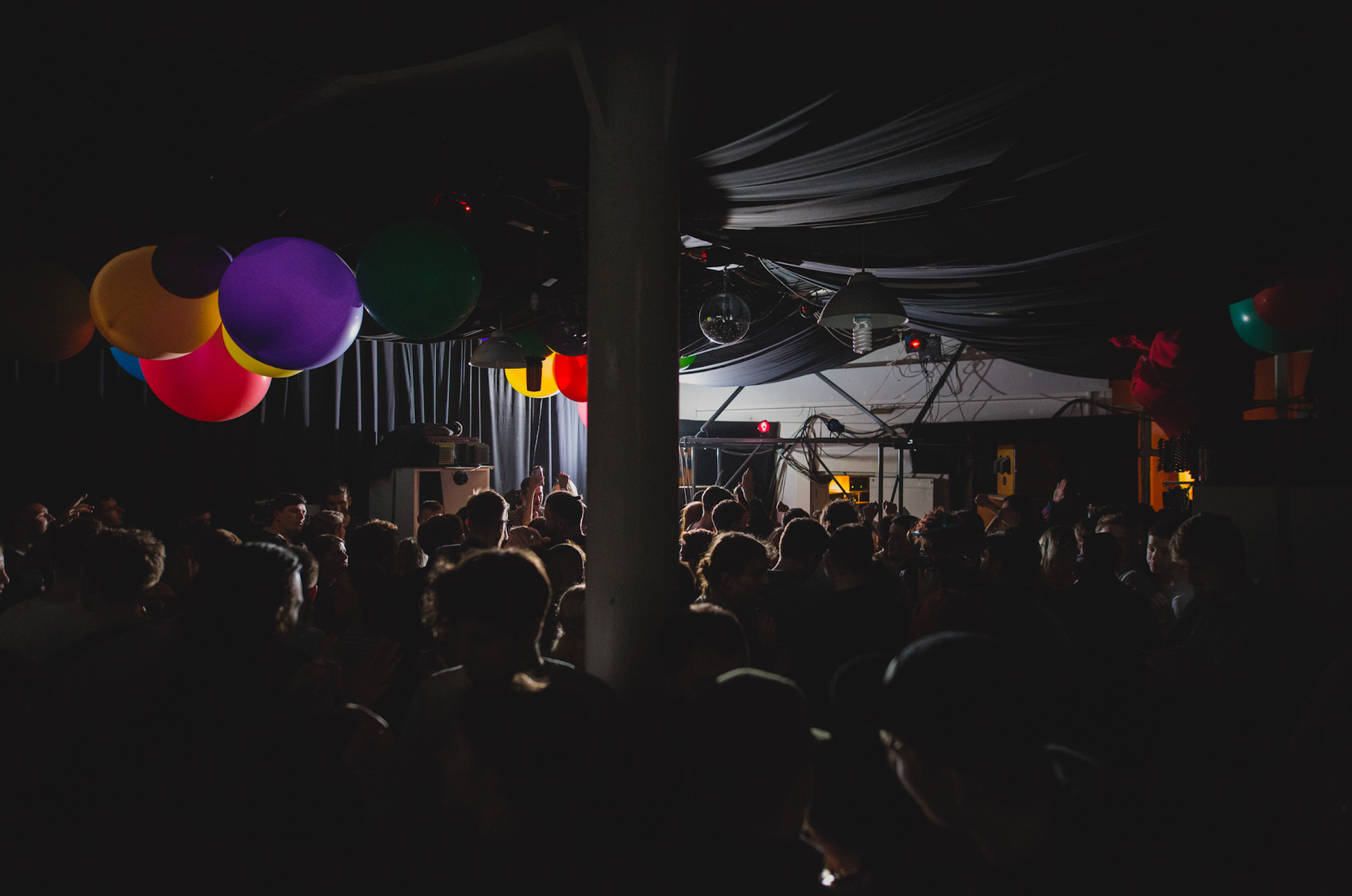
Changing Tack, A Third Place
By Connor Rankin
A Third Place is instinctual. People gathering, living, and conversing amongst one another with no particular motive or obligation is one of the very essences of what it means to be human. The term third place was coined by urban sociologist Ray Oldenburg in the early 1990s and refers to the surroundings that are separate from the two usual social environments of home, "first place," and the workplace, "second place." Stories of these places are often ones of tradition, of humans occupying the architectures around them, animating them with routines of everyday life. Oldenburg argued that third places are fundamental for civil society, democracy, civic engagement, and establishing feelings of a sense of place.
This concept is especially pertinent to my work in documenting the subject of community through the publication ACV. The name, for instance, derives from the term “Asset of Community Value,” a legislation in England wherein a building or piece of land is nominated for protection and preservation from development, due to its current or future significance to the local community. Not least the name, ACV is a physical, living archive of community displayed through print, and the sense of place is an imperative part of that work.
For the last three years of working on this annual publication, I’ve found myself passing through a lot of third places, meeting local residents, leaders of grassroots organisations, and artists alike. This text will aim to cover some of the thoughts and feelings regular users of these places have shared with me. It will also analyse some of the obstacles these places are facing, as well as touch on the unique individuals and organisations who are doing important work for how we value these places and determine what they might evolve into.
But first off, how did Oldenburg characterise the make-up of a third place? A third place should be seen as neutral ground, where one is free to come and go as one pleases. They are levelling places, where no significance is placed on one's status within society. These places should be accessible and accommodating, and may often come with a set of regulars who help develop the place's tone. A playful and wholesome home away from home, where conversation is the main activity. Primarily, third places are free spaces that don't require mandatory financial transactions, such as a community centre, town square, or place of religion. However, the concept of a third place can extend further to businesses like pubs, cafes, barber shops, or even shopping centres, as these are all common places of social interaction. Oldenburg stated that third places are “anchors” of community life, facilitating and fostering broader, more creative engagement.
I’m under no illusion as to the benefits a billion pound redevelopment can bring to a city like London. But I do have concerns over the capital's long term strategy when it comes to adequate provisions for civic engagement when these residential glass towers are constructed.
Whilst piecing together the latest issue of ACV, the subject of practising traditions in third places was a common thread. These conversations would often carry themes of struggle and uncertainty in relation to our built environments rapidly changing. To personify these turbulent times, a key research piece I’ll draw from is Jo Pritchard’s BAFTA-nominated short film, The Palace (2021)—an emotional portrait of a unique community rooted in South London saying a reluctant goodbye to London Palace Bingo Hall, which had been their social hub and playground for 20 years. In the documentary, Pritchard offers insights into the thoughts and feelings of local residents, mostly elderly, who used the establishment to relax and play bingo or dominoes, while also taking advantage of the cheap dinners and free tea or coffee.
Situated on the top floor of a 1960s shopping centre in Elephant & Castle, London Palace Bingo Hall began approaching its fate as the area’s billion pound redevelopment neared its finish. The club was the last piece of the old neighbourhood that's now surrounded on all sides by gleaming towers of high-end apartments. The establishment would regularly welcome around 7,000 bingo members through its doors every week. Sadly, London Palace has since struggled to find a new home, and now their only offering is an online version of the traditional game. The chasm left behind from establishments such as this closing down with no physical alternative is immeasurable for our communities.


I’m under no illusion as to the benefits a billion pound redevelopment can bring to a city like London. But I do have concerns over the capital's long term strategy when it comes to adequate provisions for civic engagement when these residential glass towers are constructed. In the case of The London Palace, I wouldn’t necessarily propose that a redeveloped bingo hall be erected in its ashes. I’ll also be first to admit I don’t have the adequate qualifications in urban planning to be making a formal proposal. But I have spent the majority of my life in this city, living hyper-locally amongst neighbours across a variety of boroughs, and that stands for something.
The consensus is a change of tack is needed. Do we really need to ground the foot of these developments with more gyms, franchised cafes, or co-working spaces? (Some of them even appropriated the phrase ‘third place’ for their names!) Do we really need more places that we tend to pass through with little to no social interaction besides saying, “I don’t need a receipt, thanks”? When areas are redeveloped, establishments that seem to replace spots like London Palace Bingo Hall are more than likely too expensive for local residents who’ve lived there for the majority if not all of their lives, or they are designed to disincentivize lingering—something I’m sure would have displeased our friend Ray Oldenburg.
So where do we go from here?
In March, I interviewed Akil and Seth Scafe-Smith, directors of RESOLVE Collective—an interdisciplinary design collective who use their practice to address social challenges within our built environments. By chance, the interview took place on the top floor of a different 1960s shopping centre, this one being the Whitgift Centre in Croydon. We agreed our system for how we value our places of interaction was broken; the backdrop of a shopping centre with a 50% occupancy rate exemplified our point. “What was once a packed place of humans bartering, young loves passing time, or just friends catching up over a coffee, has deteriorated into an empty corpse of capitalism,” Akil said. The pair, who have both worked in urban regeneration, believe the financialisation of land and the system that comes with it means these conditions surrounding development are always going to be the same. Now prioritising their own practice, which incorporates their experiences in architecture and engineering, Akil & Seth are interested in the work their peers are doing to creatively reimagine how we can keep our third places alive.

I was fortunate enough to speak to one of these peers when working on the first issue of ACV. Lenny Watson is director of Sister Midnight, a not-for-profit co-operative organisation based in south east London. Since 2021, Lenny has been leading a campaign to create Lewisham’s first community-owned music venue, bringing a much-needed cultural hub to their local area, after the closure of local pubs. The group obtained a venue after raising over a quarter of a million pounds through community share offers and fundraising. They are currently fundraising towards the costs of refurbishment, and will soon be opening a music venue based on democratic ownership, fair pay, affordability, sustainability and inclusivity.
The model Sister Midnight has implemented to obtain a pub is an interesting one when it comes to land ownership, especially when you examine the correlation of pub closures across England and Wales, with 150 establishments closing their doors for good in the first three months of 2023, and a quarter of all pubs across the UK closing since the turn of the millennium. Sister Midnight is making important headway in improving aspects of the public house, such as accessibility and inclusivity, but they aren't necessarily on a mission to reinvent what a traditional music pub may offer. So how might they buck the trend?


What I think is intriguing in what they are doing, and may offer a lifeline to these types of third spaces, is their method of ownership. Sister Midnight is putting to good use tools that exist under our current framework, such as community share offers and the ACV tool, proving that with proper organisation and collective backing, communities can become owners of land and, in turn, democratically increase civic engagement from the ground up.
One last organisation I’d like to bring into this conversation is MAP Charity, based in Leeds. The charity has proven a self-sustaining model of alternative education for young people that's directly funded by underground music events in the very same building education is delivered in. That building is Hope Foundry, a multi-storied, charismatic, Grade-II-listed structure which used to be an old industry house on the outskirts of the city centre.
I was fortunate to be invited to visit MAP Charity earlier this year, where I interviewed Tom Smith and Charlie Stobbart, who lead the charity. After a two-year-long campaign in obtaining their home, they are transforming Hope Foundry into a space where everyone can access the creative arts, and opening new facilities this year that will benefit the entire community. This will also allow for MAP Charity’s impact to be amplified, reaching new and wider audiences beyond its core alternative education provision, while positively contributing to the local economy.

Although the ownership model at MAP Charity is different from Sister Midnight’s, for instance, there are plenty of similarities in what each organisation wants to do with the places they have obtained. Although both are early into their journeys of transforming them, I believe their values and focus on social justice are extremely positive and very timely. What’s also promising is that these types of organisations, who are radically reimagining how we value our third places, are emerging all over the UK. We also have Civic Square and MAIA in Birmingham, Gut Level and Social Pickle in Sheffield, and Kin Structures in London, all doing groundbreaking work and contributing locally and collectively to reimagining how our future environments will be used and how we congregate.
“We won’t get ready. We’ll be ready.”
This statement has been at the front of my mind since listening to Devita Davison, founder of Food Lab Detroit, at Civic Squares Regenerative Neighbourhoods Festival in the Summer of 2022.
Devita stated that change is needed in our political systems to benefit things like our third places. Change, she and I both believe, is already happening, and when it does come, “People will be ready.” I think Devita’s words perfectly embody the work I’ve witnessed from all of the organisations I’ve referenced, as well as countless more: organisations taking change into their own hands and inspiring community cohesion through bottom-up regeneration.
I’d like to think Ray Oldenburg would have agreed with me in feeling that these organisations are the key to maintaining and developing our third places, and I believe the momentum is on their side.
Connor Rankin is a London-based project manager, producer, as well as the founding editor of Asset of Community Value.